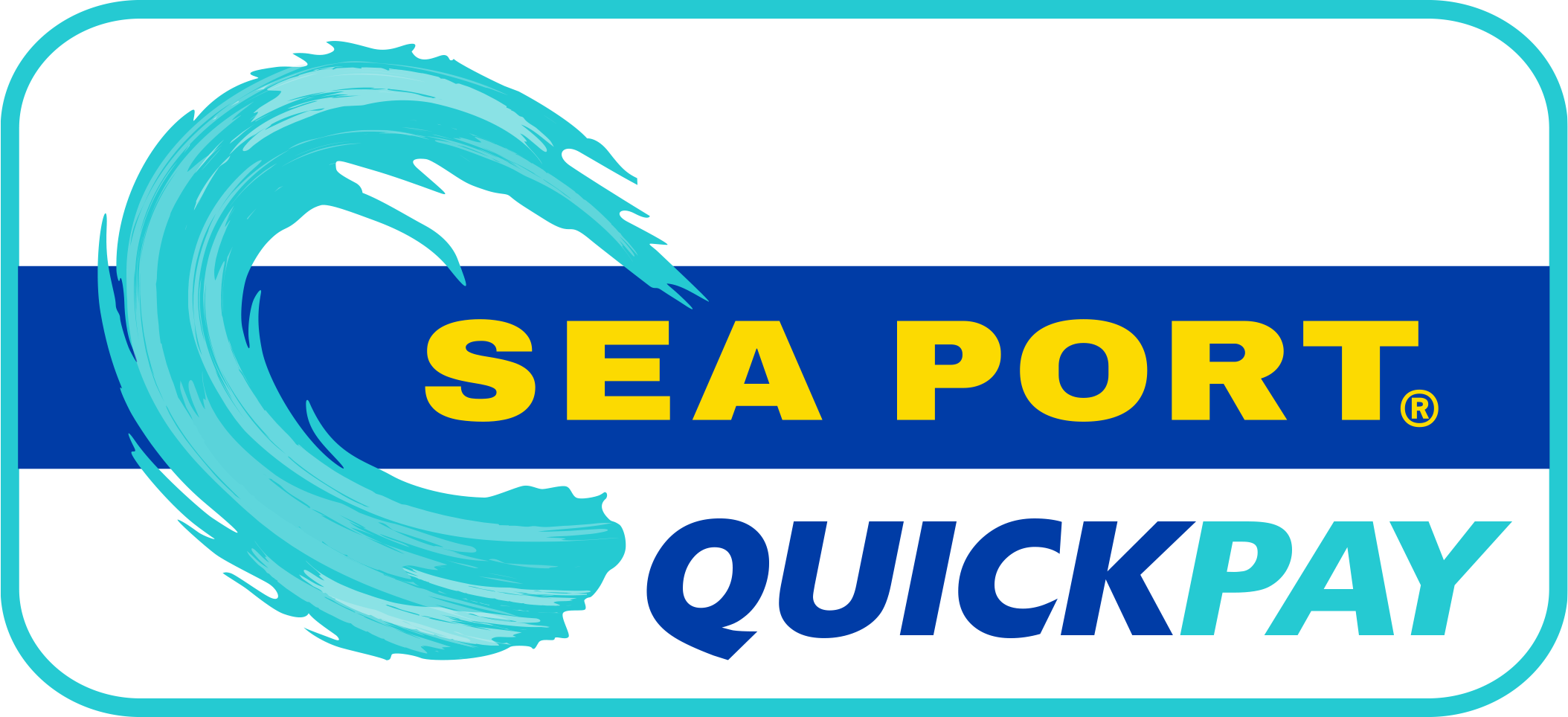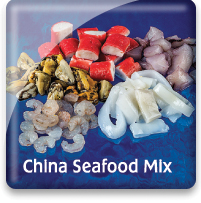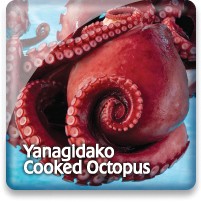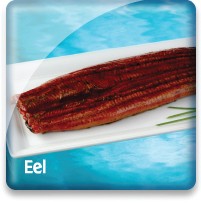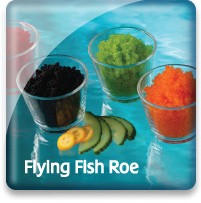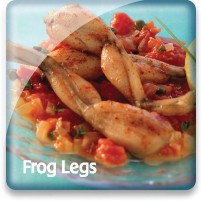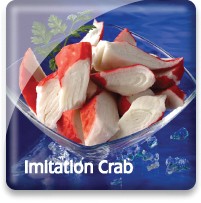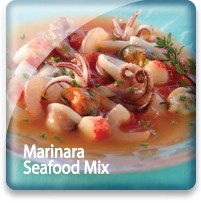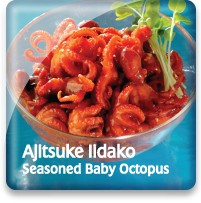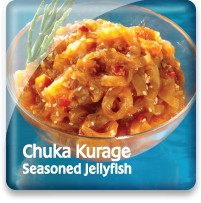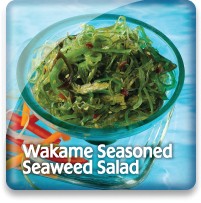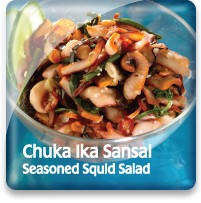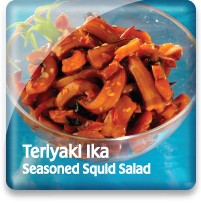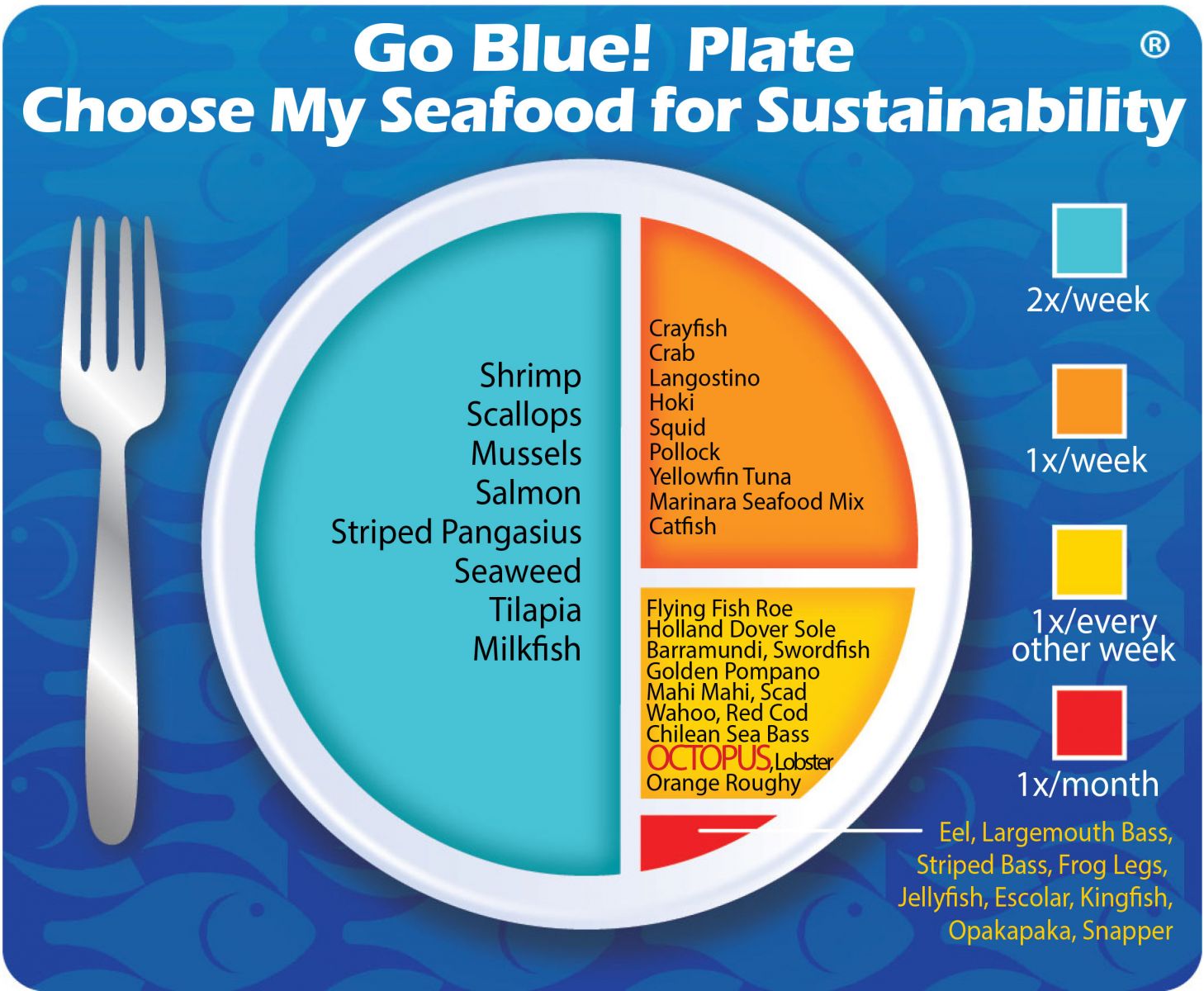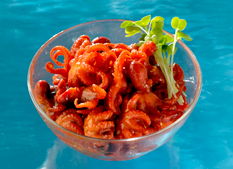
Seasoned Baby Octopus (Ajitsuke Iidako)

Market Name: Eating QualitiesOur seasoned baby octopus is very nutritious and tasty. It stands alone as a healthy side dish.
   |
Description & CharacteristicsOur traditional ajitsuke style Japanese seasoned roasted Baby Octopus is a delightful mix of fully cooked baby octopuses, sesame seeds, soy sauce, vinegar and spices. It is fully cooked and immediately ready to eat upon thawing.
An adult octopus can squeeze through a hole the size of a dime.
Other Resources |
Handling Instructions for Seasoned Baby Octopus (Ajitsuke Iidako)
Seasoned baby octopus should be stored frozen at or below 0°F (-18°C) and then thawed properly when ready eat.
Thawing Seasoned Baby Octopus (Ajitsuke Iidako)
Our seasoned baby octopus comes vacuumed sealed in a bag that has been placed inside of a tub. The vacuumed bag seal must first be broken before thawing can commence. The FDA requires that you never thaw vacuumed packed seafood in the refrigerator due to the fact that the anaerobic (airless) environment may allow for the growth of the bacteria Clostridium botulinum that could cause botulism food poisoning. They recommend that you break the vacuum bag’s seal to eliminate this risk and then proceed with the proper thawing. Once the vacuum seal has been broken the bag can remain in the tub while the product thaws under refrigeration between 35 and 40°F (1.7 to 4 degrees C). Complete thawing is generally accomplished within 24-48 hours.
Important Instructions for Seasoned Baby Octopus (Ajitsuke Iidako)
Upon thawing, the seasoned baby octopus is ready to eat. The refrigerated shelf life is 3-5 days when held under the proper refrigerated temperature range of 35 to 40°F.
Eating Tips
Our seasoned baby octopus is very nutritious and tasty. It stands alone as a healthy side dish.
Taiwan
The island of Tawian, shaped like a tobacco leaf, nation, is located off the coast of China where it is officially part of the Republic of China. Some 23 million people live in an area that is just 245 miles long and 89.5 miles wide, making Taiwan the second-most densely populated country in the world.
While it offers few opportunities for recreational fishing, Taiwan’s commercial fishing industry is well-established, with a fleet of vessels that fish around the world for tuna, sharks, herring, reef fish, horse mackerel, sardines, squid and octopus. Aquaculture is also an important new industry in Tawian, with freshwater farms growing shrimp farms, and tilapia, and marine farms growing shellfish such as clams and oysters.
Go Blue! Seafood Sustainability Spectrum*Click here for an explanation of our Sustainability Spectrum |

